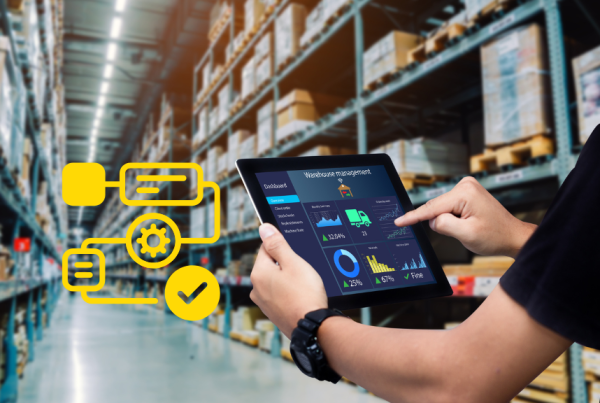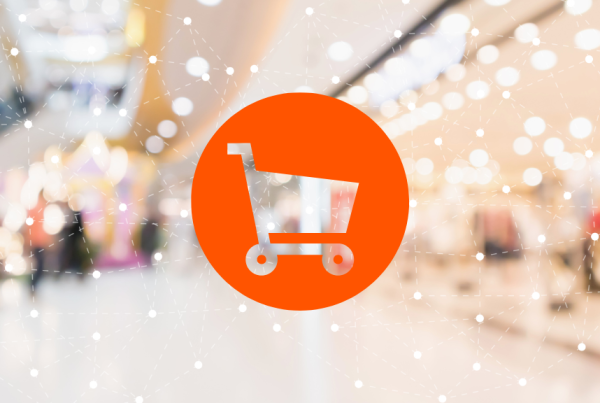In today’s competitive e-commerce landscape, standing out requires more than just a standard online store. With millions of businesses using identical templates and functionalities, an off-the-shelf Shopify setup risks making your brand indistinguishable from a sea of others. True differentiation demands unique customer experiences – one that aligns perfectly with your business model – and that’s impossible to get with a one-size-fits-all platform like Shopify.
This is not to say that these platforms aren’t powerful. Shopify provides an excellent foundation, but its default features are designed for the average seller, not your unique business needs. The following case study scenarios illustrate how custom development can transform a basic Shopify store into a tight, differentiated e-commerce solution.
Beauty Brand: Advanced Product Customization
Meet SkinTerrific Labs, a hypothetical luxury skincare brand founded by dermatologist Sarah Chen. Her vision went far beyond the standard product pages and shopping cart offered by default Shopify themes. “We couldn’t just list pre-made products like everyone else,” Sarah explains in our scenario. “Our customers understand their skin concerns better than anyone, but we needed a way to let them customize products while ensuring the combinations would be both safe and effective.”
A standard e-commerce solution would have forced SkinTerrific Labs to compromise on their vision of personalized skincare. Instead, the solution can involve developing a sophisticated React-based product customization interface that integrates seamlessly with Shopify’s API. The system can perform real-time formula validation and compatibility checking, ensuring customers can only create viable combinations. Imagine a customer like Maria, who can now select ingredients that address both her sensitivity to fragrances and her need for extra hydration, receiving immediate feedback on ingredient compatibility – an experience impossible with standard Shopify features. Creating that experience would change everything for SkinTerrific Labs and their customers.
Multi-Location Retailer: Inventory Management
UrbanRetro Co., a fictional fashion retailer growing from a single boutique to multiple locations across the country. “Our biggest headache was inventory management,” says made-up operations manager Tom Rodriguez. “We’d have a customer in Seattle trying to buy the last pair of boots that had just sold in our Portland store.”
The solution can involve developing a custom middleware layer that maintains real-time inventory tracking across all locations while integrating with existing point-of-sale systems. Picture a customer like Alex browsing UrbanRetro’s website from Seattle. The system can automatically check stock levels across all stores and suggest the nearest location for pickup or fastest shipping option.
The system can implement intelligent fulfillment logic based on customer location and stock availability, automatically suggesting optimal fulfillment locations for each order. Machine learning algorithms can analyze historical data to provide stock transfer recommendations between locations, optimizing inventory distribution. For customers, this intelligence transforms their shopping experience: they can see accurate delivery dates before purchase, choose between same-day pickup from a nearby store or fast home delivery, and trust that if an item appears available, it really is. A shopper in Seattle might see that while their local store is out of stock, they can either pick it up from a nearby location today or have it shipped from Portland to arrive tomorrow. This level of transparency and flexibility can dramatically improve customer confidence and satisfaction, turning one-time shoppers into loyal customers. Behind the scenes, the system optimizes costs through smart routing and improved inventory allocation across locations, savings that can be passed on to customers through competitive shipping rates.
Food Service Distributor: B2B Portal
Fresh Foods Direct, our fictional wholesale food distributor, faced a common challenge in the B2B space. “Our sales team was drowning in phone calls and emails,” our scenario’s sales director Jamie Kumar would say. “Regular customers ordering the same items week after week, but each order needed manual processing.”
The solution can involve creating a custom B2B portal that handles sophisticated pricing tiers and volume discounts while integrating with existing ERP systems. Consider a customer like Central Bistro, a busy restaurant chain. Their purchasing manager can now set up different access levels for each location’s kitchen staff, establish order approval workflows, and track spending patterns across all branches.
The portal can implement custom approval workflows for large orders and specialized checkout processes for business customers. Role-based access control can enable different purchasing permissions within customer organizations. The system can also provide detailed reporting and analytics for both the distributor and their customers. With customers in control of their ordering process, the sales team is free to find and nurture new business.
Technical Implementation Insights
These imaginary projects demonstrate several key technical approaches in custom Shopify development. Each solution can utilize:
- Node.js middleware to handle complex business logic outside of Shopify’s native environment. This approach enables sophisticated features while maintaining platform stability.
- React components can provide enhanced user interfaces where standard Shopify themes don’t meet specific requirements.
- Real-time features can be implemented using WebSocket connections, enabling instant updates for inventory levels, order status, and customer notifications. Advanced caching strategies can be employed to maintain performance despite the additional complexity, ensuring fast page loads and responsive user interfaces.
Future-Proofing Custom Solutions
When implementing custom Shopify solutions, you need to consider future maintainability and adaptability. These implementations can use modular architecture patterns, enabling easy updates and feature additions. Comprehensive documentation and automated testing help ensure long-term sustainability of custom features.
Conclusion
While these scenarios are fictional, they represent very real challenges faced by e-commerce businesses attempting to differentiate themselves in a crowded market. Standard Shopify stores, while functional, often force businesses to conform to generic patterns that can make them invisible in a sea of similarity. There is no fun in being like everyone else – for the business or the customer. Through custom development, businesses can transform the platform into a unique expression of their brand and business model, creating distinctive experiences that set them apart from competitors using out-of-the-box solutions.
Break free from platform limitations through targeted custom development. The future of e-commerce belongs not to those who simply set up shop online, but to those who dare to create unique, memorable experiences that make their brand irreplaceable in their customers’ minds.




